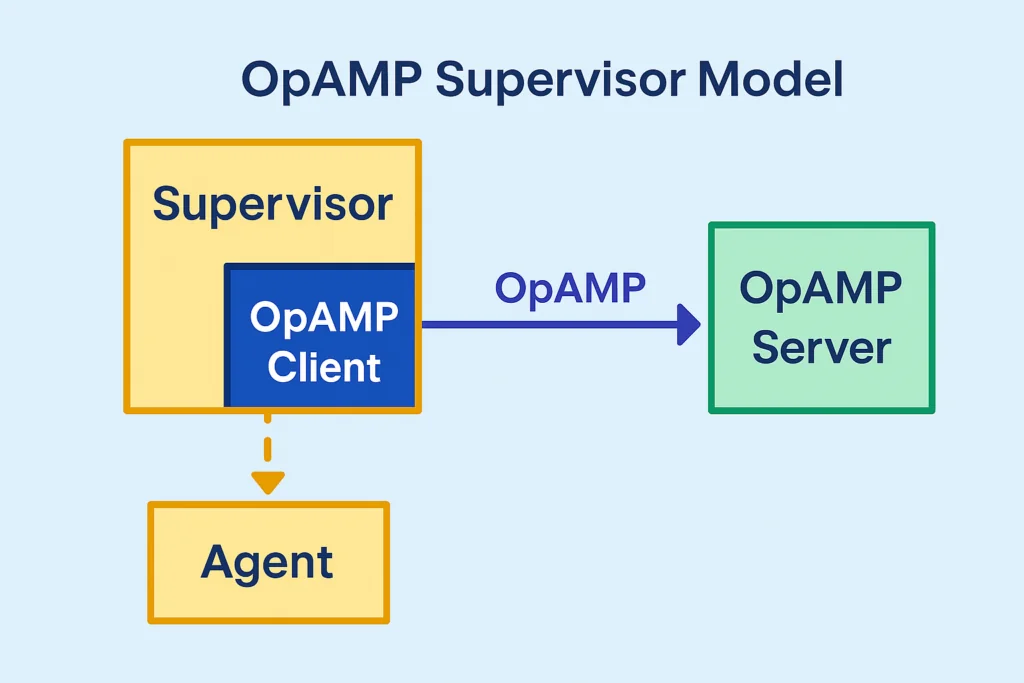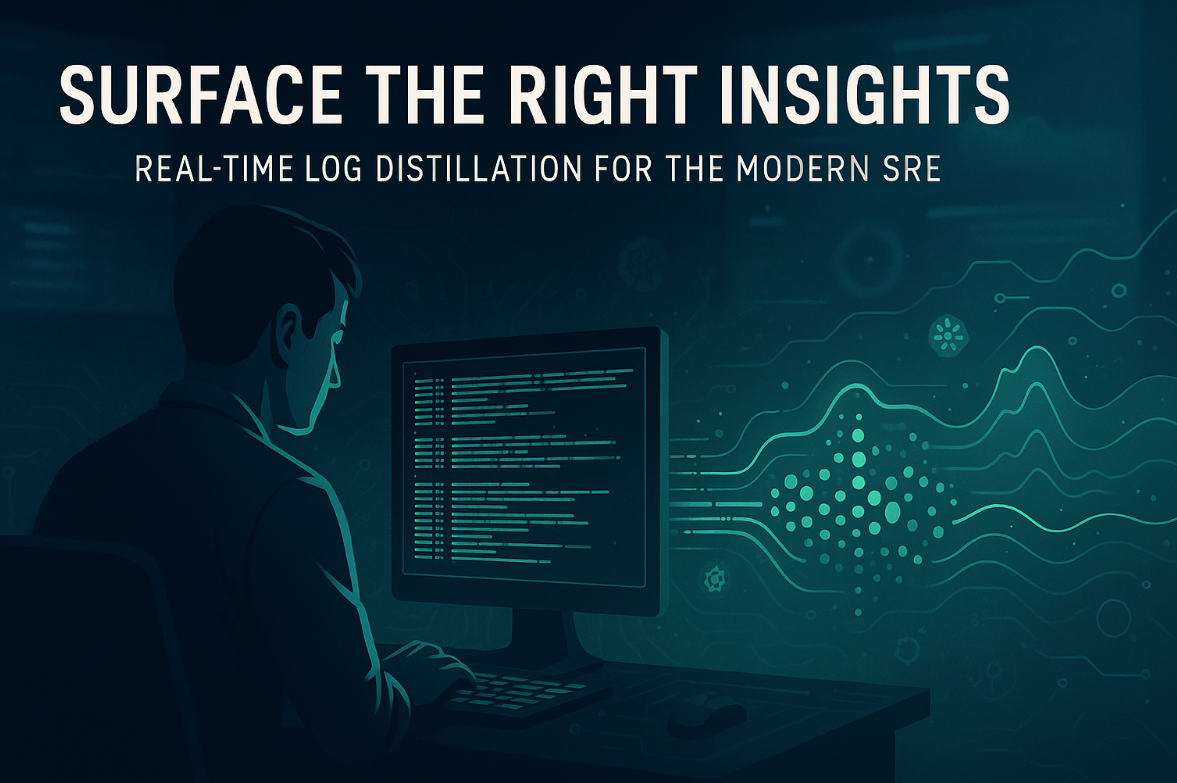Manage Your Observability Collector Fleet Smarter with OpAMP + OTel
As OpenTelemetry (OTel) adoption accelerates, so does the complexity of managing Collector agents across clusters, environments, and regions. Enter OpAMP — short for Open Agent Management Protocol — an emerging standard from the OpenTelemetry project that’s purpose-built for collector and agent fleet management.
If you’re running OpenTelemetry at scale, OpAMP OpenTelemetry integration is an important pattern.
What Is OpAMP?
OpAMP (Open Agent Management Protocol) is a control protocol defined by the OpenTelemetry project that enables remote management of telemetry agents such as (but not restricted to) the OpenTelemetry Collector.
With OpAMP OTel, teams can:
- Push configuration updates to agents
- Monitor health and status in real time
- Apply version upgrades centrally
- Detect drift between actual and desired state
It standardizes observability fleet management — reducing manual toil and configuration risk.
OpAMP Uses a Client-Server Model
At its core, OpAMP defines a client/server architecture:
- The Agent runs as an OpAMP Client, reporting its state and receiving updates
- The OpAMP Server manages configurations, upgrades, and lifecycle events
Agents and servers communicate using a secure, bidirectional gRPC interface — allowing rich, real-time orchestration across your OTel fleet.
What’s the Supervisor Model?
While OpAMP OpenTelemetry doesn’t require a supervisor, many teams use a Supervisor process to manage the agent locally.
Here’s how it works:
- The Supervisor acts as the OpAMP Client and communicates with the OpAMP Server
- It also controls the Agent process — starting, stopping, or reconfiguring it as needed
This Supervisor model provides additional flexibility when:
- The agent isn’t OpAMP-native
- You want more fine-grained control over process lifecycle
- You’re managing diverse collector topologies across environments
How OpAMP Works with a Supervisor
In this diagram:

- The Supervisor manages the Agent locally
- It communicates with the OpAMP Server using the OpAMP protocol
This setup allows for full lifecycle management across your telemetry pipeline — without having to touch every node.
Benefits of OpAMP with OpenTelemetry
Why is OpAMP for OTel so important for platform teams?
- Centralized control over agents and configurations
- Live updates to Collector config without redeploying
- Real-time health monitoring and version status
- Dynamic rollout support for new features or pipeline & optimization changes
- Secure fleet communication using TLS and gRPC
And this works in Kubernetes, VMs, bare metal, and hybrid cloud environments
Why OpAMP + OTel Is a Must for Scale
Most teams start with OpenTelemetry Collectors manually configured per environment. But as scale increases, and teams start to use the collector as more than a data shipper, and leverage feedback loops to optimize telemetry, so do the risks of:
- Configuration drift
- Missing health signals
- Outdated versions
- Inconsistent telemetry behavior
With OpAMP in OpenTelemetry, you shift to declarative, real-time control — much like Kubernetes revolutionized infrastructure management.
ControlTheory Helps Teams Optimize Observability at Scale
At ControlTheory, we help high-scale teams implement and operationalize better observability strategies, including the shift to OpenTelemetry.
Whether you’re managing 50 collectors or 5,000, we can help you:
- Automate Collector fleet management using OpAMP and Supervisors
- Reduce observability waste and spend while improving signal with dynamic configurations
- Monitor agent health and config drift in real-time
- Integrate fleet-wide version control and upgrades
Ready to simplify OpenTelemetry fleet management with OpAMP? → Talk to us at ControlTheory »
press@controltheory.com



 Back
Back

